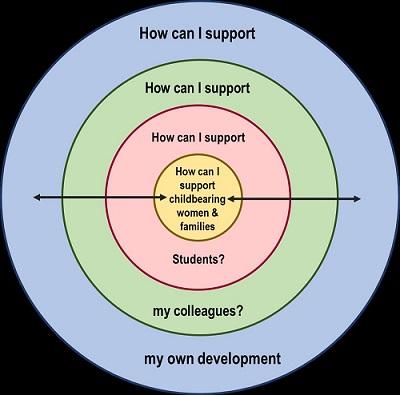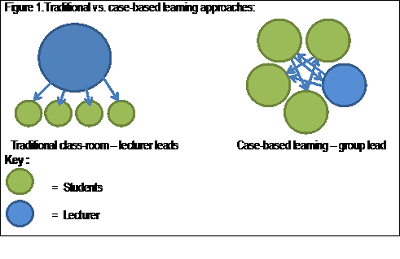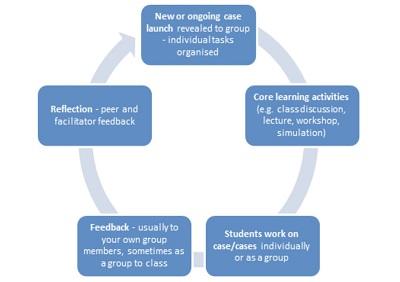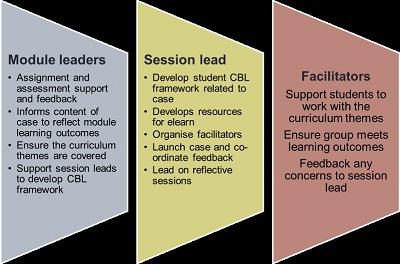“If you want to go fast, go alone. If you want to go far, go together.”African Proverb
Shining the light
It has been incredible to gain an NTF 2019 award for doing what I love: educating #FutureMidwives. Being nominated by my Faculty, then selected by my University and awarded by the Advance HE NTF panel has been a highlight of my journey as a midwifery educator. Most significantly, the application process and experience has broadened my connections to other educators, both within and beyond my institution. Building positive relationships to help transform education practice is a real passion of mine and the NTF scheme provides an incredible platform for collaboration and sector engagement. In short, the scheme has shone the light on a whole new community of practice – and I am only at the beginning of my NTF adventure.
Authentic, relational education
I have been a senior educator in midwifery since 2010, developing in this role alongside my doctoral studies with the Maternal and Infant Nutrition and Nurture [MAINN] Unit, at UCLan. Receiving the NTFS award this year acknowledges my passion and commitment to transforming midwifery education. I am motivated to improve outcomes and experiences for all women, babies and families through authentic, relational education methods.
Building positive, trusting relationships is at the heart of effective midwifery care (Sandall et al, 2016). For me, being ‘with-woman’, as a midwife, transformed into being ‘with-student’, as an educator in higher education (HE). Constantly questioning how I can transform student experience and outcomes, underpinned by my personal practice principles, captured in Figure 1, with the needs of childbearing women and families at the heart of my practice, I then consider the needs of students, peers and myself. This helps me to identify the knowledge and skills I need to ensure I maintain outstanding learning and teaching approaches.
Figure 1 – my personal practice principles

Creating a sense of coherence
Entering HE in 2010, I became aware of the professional distance some educators maintained between themselves and students. I found this disconnect difficult and sought to transfer my relational approach, used as a midwife, into my education practice. My approach to midwifery, research and education is informed by Antonovsky’s (1979) salutogenesis, a framework that focuses on the factors that support health and wellbeing, encouraging me to take an appreciative approach to teaching and learning. Specifically, I am guided by Antonovsky’s (1983, 1993a, 1993b) sense of coherence (SOC) construct. SOC outlines how wellbeing is enhanced by supporting individual’s comprehensibility, manageability and meaningfulness. I utilise these concepts to strengthen the constructive alignment of teaching, learning and assessment so midwifery students can understand (comprehensibility), cope (manageability) and value (meaningfulness) their education. I encourage students, in turn, to support childbearing women and their families to create a sense of coherence in their own journeys to parenthood and beyond.
Women, family and student-centred education
Embracing salutogenesis, as an education philosophy, inspired the development of UCLan midwifery’s case-based learning (CBL) curriculum. CBL centres the childbearing woman and her family at the heart of the curriculum and invites students to develop their knowledge and skills around the families’ needs. Crucially, CBL respects students as active participants in their own AND others’ learning. It enables the development of strong learning communities where students and educators are partners in learning (see Figure
Group leadership and sharing reflects midwifery practice and strengthens the authenticity of CBL as an education model (Byrom et al, 2015; Pocovi-Subirana, Perez-Botella, and Byrom, A. 2016; Ridley and Byrom, 2018).
Figure 2 – traditional vs CBL classroom interaction

Students work in small groups and are introduced to new or ongoing aspects of a case, based on ‘real-life’ women, babies and families (see Figure 3). Our role as midwifery educators shifts to that of facilitator and coach – working alongside groups of students to support their development (see Figure 4). In addition to their acquisition of midwifery knowledge and skills, students simultaneously enhance a wide range of employability skills including leadership, communication and collaboration.
Figure 3 – student CBL weekly curriculum cycle

Figure 4 – Educator role definitions

This CBL approach has had a far-reaching impact across the wider field of midwifery education:
“Anna has consistently innovated in every area of midwifery practice and education she has engaged with. She has been instrumental in the team that has developed a cutting-edge midwifery programme, based on salutogenesis at UCLan, and in the promotion of this around the UK and internationally.” Professor of Midwifery, Soo Downe
Building on this work, I utilise a range of dynamic teaching methods and enjoy harnessing digital technologies to transform teaching, learning and assessment across undergraduate and postgraduate teaching.
Building global connections
My passion for digital innovation alongside my commitment to enabling knowledge democracy, prompted my most recent work as the Director of All4Maternity.com a global online learning platform. This site offers access to two academic, peer-reviewed journals, dynamic blogs, podcasts and snappy multimedia modules to support maternity care workers around the world. As the first midwifery publisher of The Practising Midwife, a global journal for everyday midwives, I recently launched The Student Midwife, the world’s first journal for students. Celebrating my ethos of students as partners, this journal is written for students, by students, stimulating a global student learning community, strengthening 21st Century skills.
Looking ahead
In the future I hope to develop my research capacity and curate a centre of excellence for midwifery education research. With the support of the NTF community and Advance HE Connect, I hope to continue learning and collaborating to support students and peers. I urge others to apply for the NTF scheme, it is such a rewarding journey. If you were to apply, what areas of your practice would you shine the light on?
Anna Coonan-Byrom is a senior midwifery educator and doctoral student at the University of Central Lancashire. As the director of All4Maternity.com she publishes two midwifery journals. Respecting students as partners, Anna has innovated across midwifery education, utilising case-based learning, theatre methods and digital technology to stimulate active learning and build global learning communities. Read more about Anna’s work.
References:
Antonovsky, A. (1979). Health, stress and coping. San Francisco: Jossey-Bass.
Antonovsky, A. (1983). The sense of coherence: Development of a research instrument. Schwartz Research Center for Behavioral Medicine Newsletter Research Report, 1, 11–22.
Antonovsky, A. (1993a). Complexity, conflict, chaos, coherence, coercion and civility. Social Science & Medicine, 37(8), 969–981.
Antonovsky, A. (1993b). The structure and properties of the sense of coherence scale. Social Science & Medicine, 36(6), 725–733.
Byrom, A., Heneghan, S. and Perez-Botella, M. (2015) With-woman, with-student: developing a woman and family-centred recruitment strategy ad curriculum for caring in Downe, S. and Byrom, S. (eds) The Roar Behind the Silence, Pinter and Martin, London.
Pocovi-Subirana, A., Perez-Botella, M. and Byrom, A. (2016) Salutogenesis: Sowing the seeds for childbearing health and wellbeing, The Practising Midwife, 19 (7).
Ridley, N. and Byrom, A. (2018) Developing a case-based learning curriculum with a salutogenic perspective, Midwifery, Vol. 64, pp124-127
Sandall, J., Soltani, H., Gates, S. & Shennan A. (2016) Midwife-led continuity models versus other models of care for childbearing women, Cochrane Database of Systematic Reviews. Accessed online.